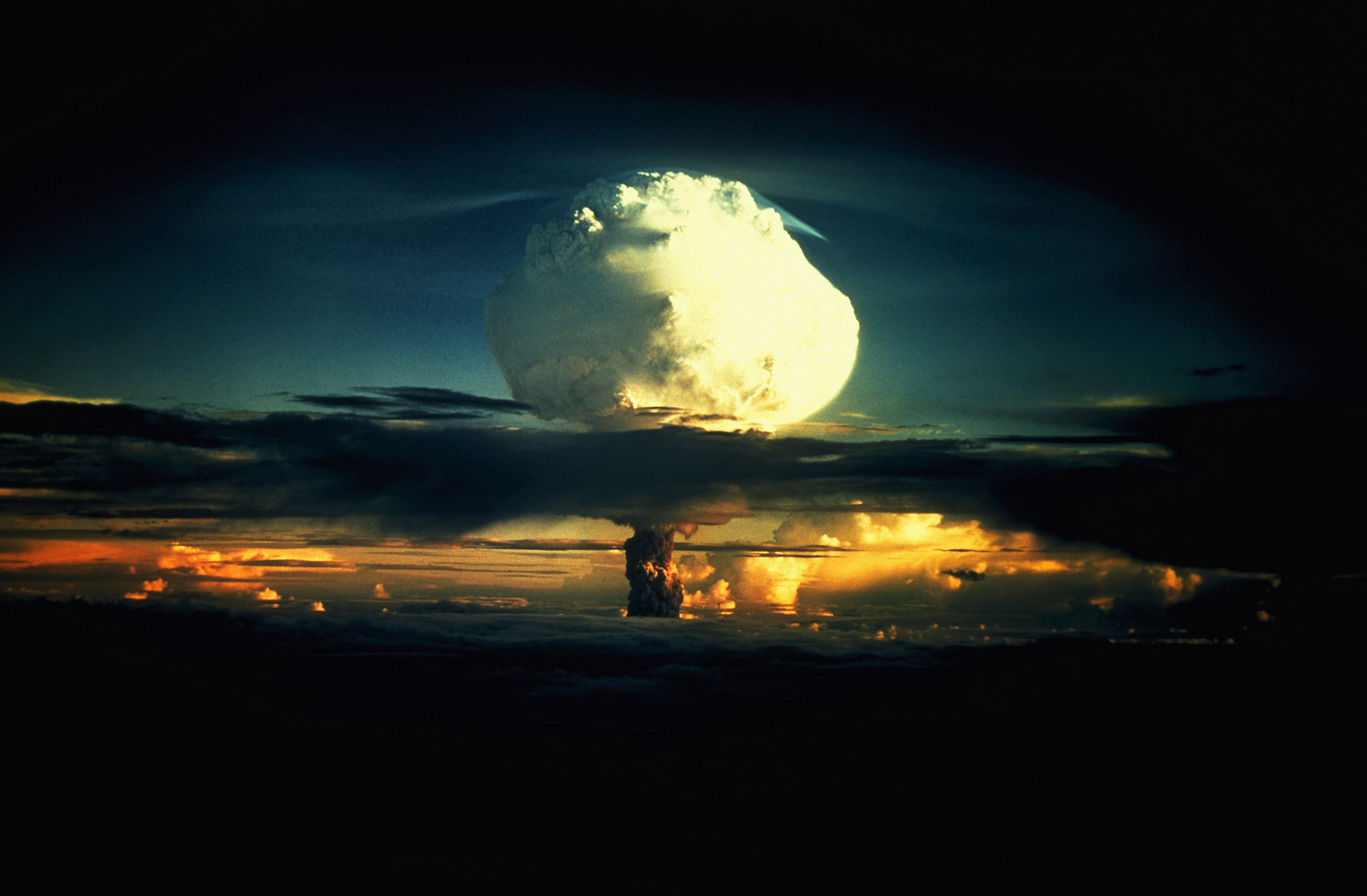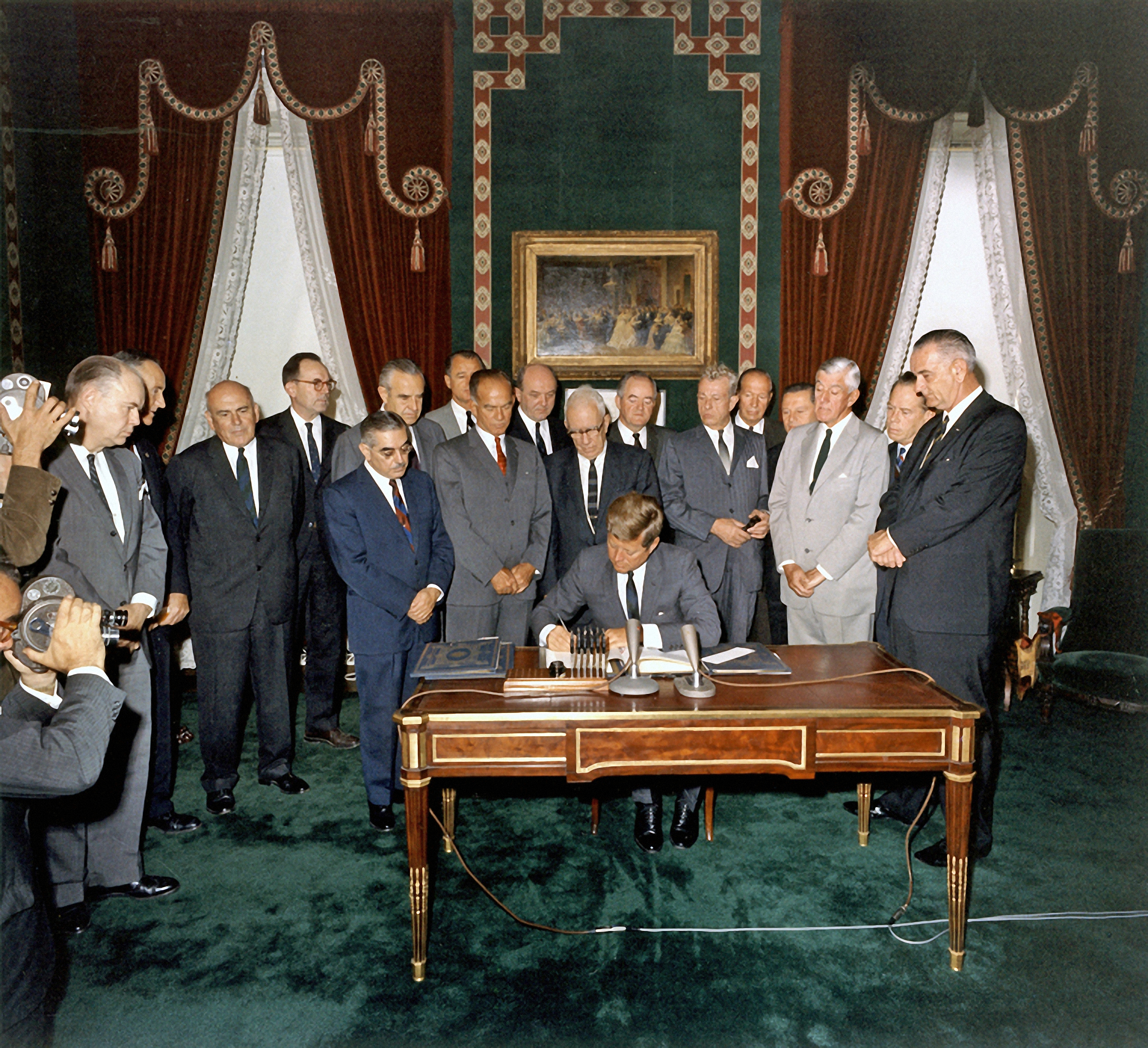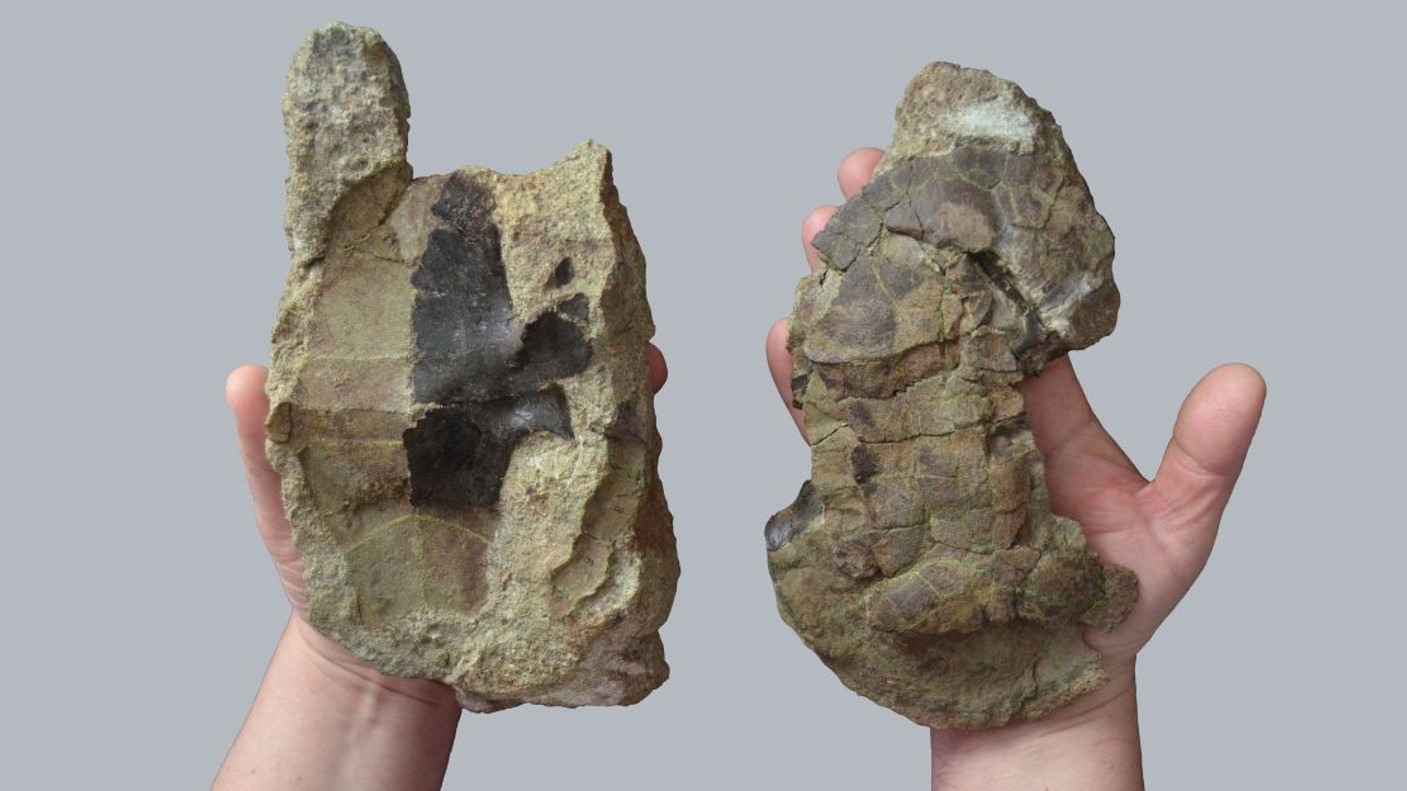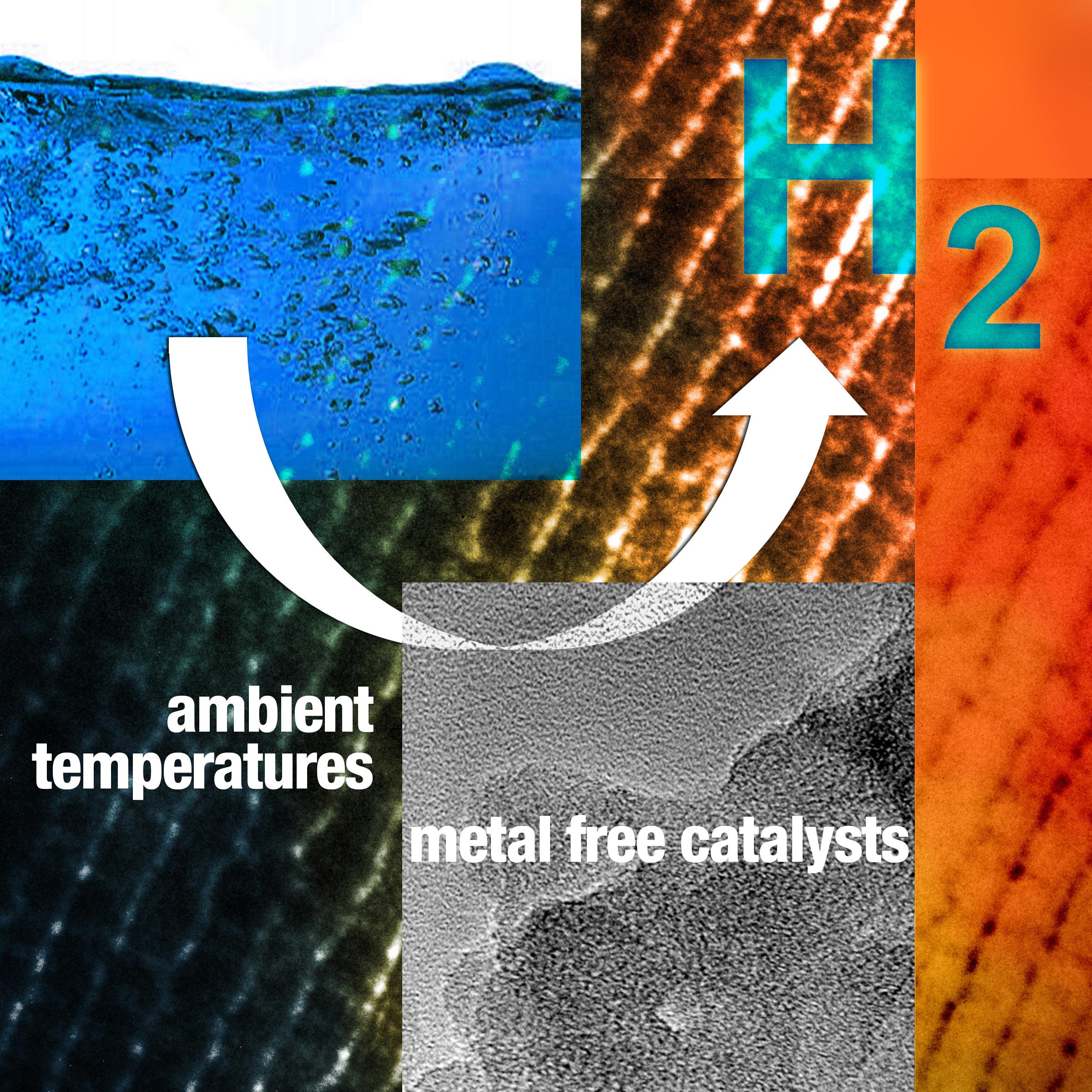
(Image credit: Getty Images)
On July 16, 1945, the U.S. conducted the world’s first nuclear bomb test in the New Mexico desert as part of the Manhattan Project, which led to the detonations of atomic bombs on Hiroshima and Nagasaki just weeks later. Since then, at least seven other countries have tested their own weapons, unleashing radiation around the world.
But how many nuclear bombs have actually gone off?
Although the exact answer isn’t known, scientists estimate that at least 2,056 nuclear weapons have been tested. According to the Arms Control Association, the U.S. has tested 1,030 nuclear bombs and utilized two in warfare, the Soviet Union/Russia has tested 715, France has tested 210, the United Kingdom and China have each tested 45, North Korea has tested six, India has tested three and Pakistan has tested two. (A suspected additional test, known as the Vela incident, would bring the tally to 2,057.)
While nuclear testing has not been common since the 1990s, it has had extensive political, environmental and public health impacts that extend to this day. The international community now condemns it. But for almost 20 years, from 1945 to 1963, nuclear testing was commonplace for many countries as they vied for status as world powers.
Nuclear testing skyrocketed during the Cold War between the U.S. and the USSR following World War II. According to the Arms Control Association, 1962 holds the record for most tests conducted in one year, when 178 nuclear tests were conducted, of which 97% were set off by the U.S. and the USSR. The U.K. also conducted two tests, and France conducted one.
Related: What happens when a nuclear bomb explodes?
But 1962 was also a key turning point for nuclear tensions. That same year, the Cuban Missile Crisis marked the closest the U.S. and USSR came to nuclear conflict. Many people around the world had begun protesting the nuclear arms race, and the public began to understand the impact testing had on health.
A landmark 1961 study published in the journal Science tested baby teeth in children in St. Louis for strontium-90, a cancer-causing radioactive isotope created by nuclear explosions and easily absorbed by children. The study showed that strontium-90 levels were 50% higher in the baby teeth of children in the 1960s than in the 1950s, despite St. Louis being hundreds of miles away from the blast sites in Nevada.
The study generated vast public concern about testing, and helped push the U.S. into signing the Limited Nuclear Test Ban in 1963, Tilman Ruff, the former co-president of International Physicians for the Prevention of Nuclear War, told Live Science in an email.
Less than a year later, in 1963, the Limited Test Ban Treaty was introduced to the United Nations and wholeheartedly adopted. The treaty prohibited nuclear tests in the atmosphere, in outer space and underwater, which were all drastically more harmful than underground tests.
“By 1963, nearly two decades of bomb testing had poisoned the air, land and water with hundreds of radioisotopes,” Robert Alvarez, an expert with the Bulletin of the Atomic Scientists, wrote in an email to Live Science.
The world had seen the devastating impacts of nuclear testing gone-awry. During the 1954 Castle Bravo test, unfavorable wind conditions and unexpectedly high radiation yields caused a local population in the Marshall Islands to be exposed to the near-lethal radiation doses, the highest ever following a single nuclear test, according to an article published in the journal International Review of the Red Cross. “The Rongelap Atoll in the Marshall Islands remains a radiological hazard, because of life-threatening fallout from the 1954 Bravo test,” Alvarez said.

In all, 108 countries, including the U.S. and the USSR, signed the Limited Test Ban Treaty, and an era of slow disarmament began. Still, hundreds of nuclear bombs would continue to be tested underground for decades to come. Countries like China, India, Pakistan and North Korea also started testing nuclear bombs, despite the efforts of the Non-Proliferation Treaty of 1968 to limit the growth of global nuclear weapons programs.
It wasn’t until the Comprehensive Nuclear-Test-Ban Treaty (CTBT) was proposed in 1996 that testing slowed to a standstill. While technically not ratified into law, it has been signed by 187 countries.
Related: How radioactive is the human body?
The CTBT’s monitoring system also ensures that nuclear testing can’t be hidden. This system, put in place when the CTBT was signed in 1996, uses 321 stations equipped with seismic, hydroacoustic, infrared and radionuclide technologies to detect nuclear testing worldwide. This monitoring system encourages countries that haven’t signed the CTBT to disclose their nuclear testing.
The most recent nuclear test was conducted in 2017 by North Korea, which has not signed the CTBT. The CTBT organization’s monitoring system recorded the test, which measured at least 140 kilotons, Alvarez wrote — eight times more powerful than the bomb dropped on Hiroshima.
How have nuclear bombs and tests affected our planet?
“The concern and protests of people worldwide about radioactive fallout from nuclear testing has played a major role” in shutting down nuclear testing programs, Ruff said. As nuclear testing continued, science revealing the detrimental effects on the health of people and the environment grew. A 2006 study estimated that 22,000 additional radiation-related cancers and 1,800 additional deaths from radiation-related leukemia were expected to occur in the United States from nuclear testing-related fallout of the 1950 and 1960s.
“For people in the immediate vicinity and downwind of nuclear test explosions, nuclear testing has had profound and long-term effects on their health and communities,” Ruff said.
While the U.S. utilized multiple testing sites in Nevada, New Mexico and Colorado, its most powerful bombs were tested in the Marshall Islands, in the Central Pacific Ocean. Starting in 1946, the islands and their inhabitants experienced “the equivalent of 1.6 Hiroshima bombs each day over the twelve years of the tests,” according to the International Review of the Red Cross article, which continued even after the Castle Bravo test disaster.
On top of the health hazards, nuclear testing in places like the Marshall Islands also created “broader social effects of displacement, loss of use of traditional lands for cultural and food gathering purposes, social stresses and disruption, and impoverishment,” Ruff said.
However, day-to-day radiation across the U.S. has fallen dramatically since the end of atmospheric nuclear testing, according to the Environmental Protection Agency.
Could nuclear testing start again?
Many countries still have nuclear weapons, even if they aren’t testing them. The world’s nine current nuclear states — China, France, India, Israel, North Korea, Pakistan, Russia, the United Kingdom and the United States — have approximately 13,000 nuclear warheads combined.
North Korea’s most recent nuclear test set off a wave of concern from South Korea, which was heightened by the intensive missile tests North Korea conducted in 2022 and 2023. For the first time, South Korea suggested that developing its own nuclear program may be a possibility.
If South Korea or other nuclear-armed countries decide to test their weapons, it would likely prompt other nuclear-armed countries to restart their nuclear tests as well.
“Resumption of nuclear testing would be an extremely provocative and backwards step for the prospects of peace,” Ruff wrote.
Note: This article have been indexed to our site. We do not claim legitimacy, ownership or copyright of any of the content above. To see the article at original source Click Here










![[Cahier Technique] Teaching robots to face the unexpected thumbnail](https://www.industrie-techno.com/mediatheque/1/1/1/000056111_210x140_c.png)


